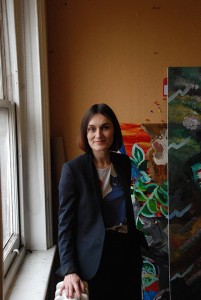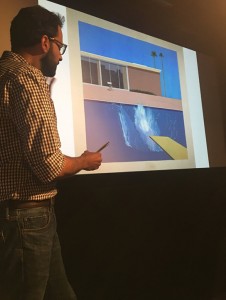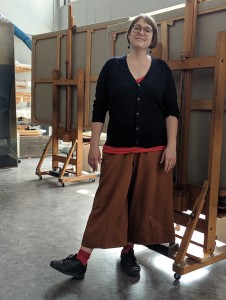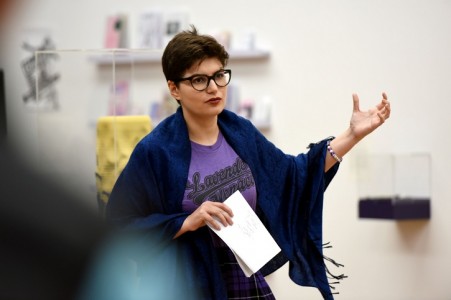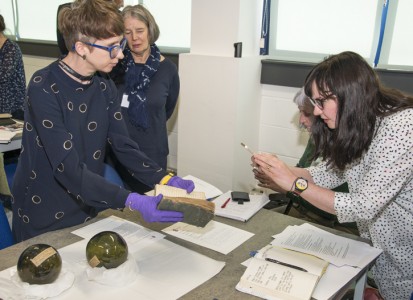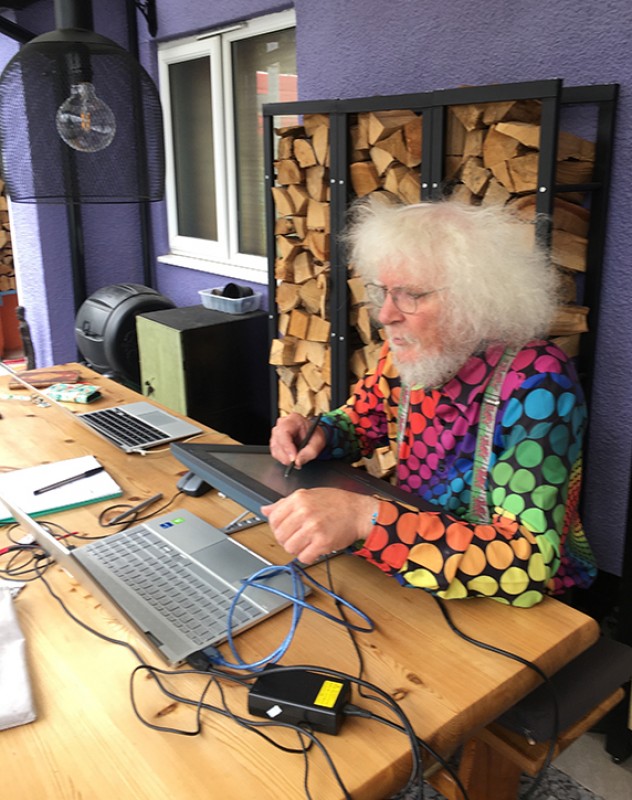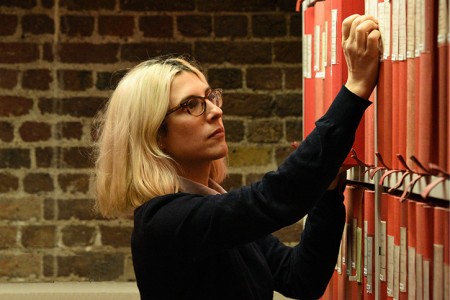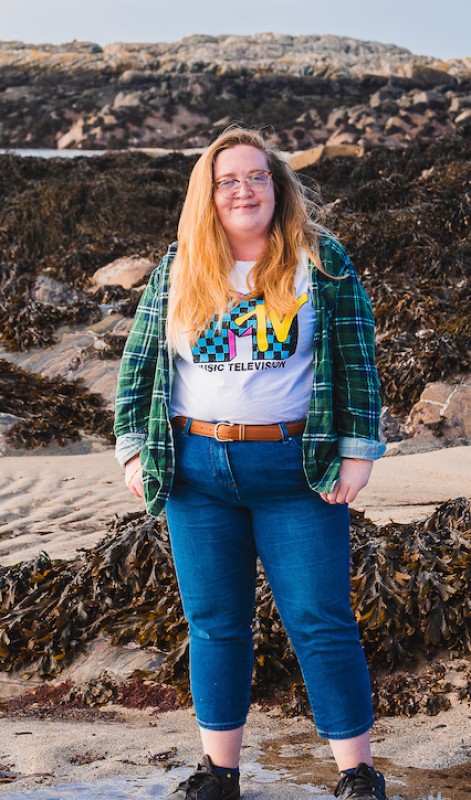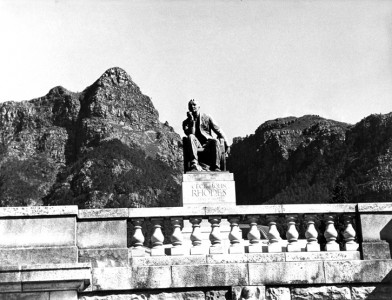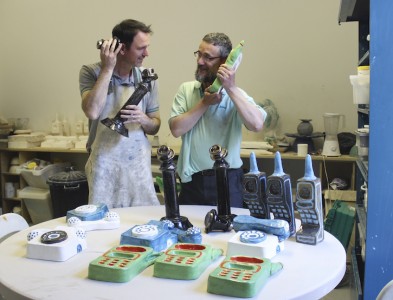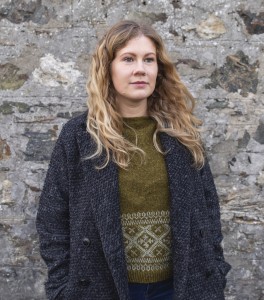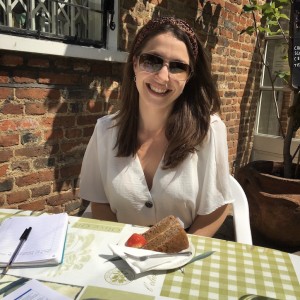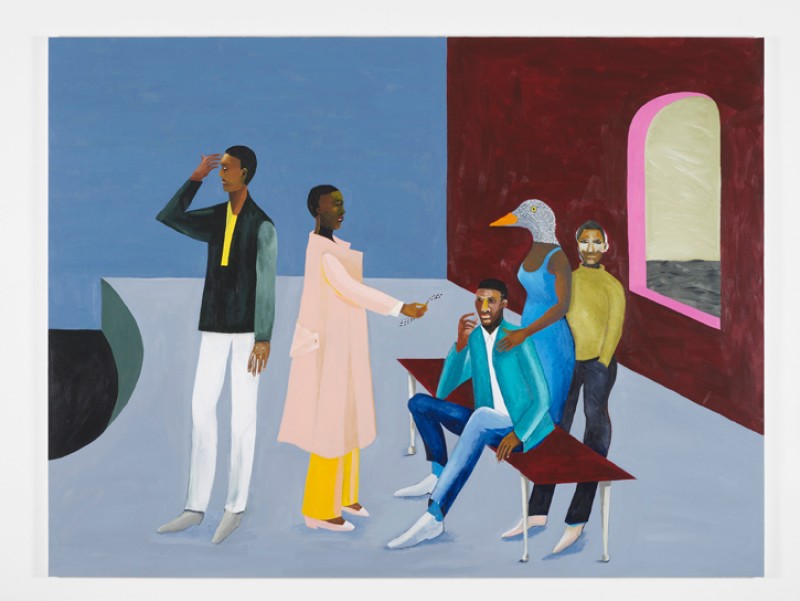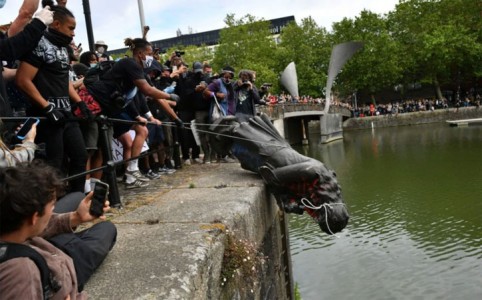For Art UK's 'Being...' series, we take a look at a day in the life of a professional working in the arts, heritage or museum sector.
What's your role?
I am an Education Demonstrator at the International Slavery Museum (ISM). I am one-third of a small learning and participation team who develop and deliver a vibrant programme of activities, including school sessions, events and community engagement.
ISM is also part of National Museums Liverpool, so we are connected to seven other museums as well as other departments like the conservation centre. I am based in a converted dock warehouse and the International Slavery Museum is perched on top of the Merseyside Maritime Museum and Seized! Border Force National Museum. Having shipping disasters, slavery and contraband smuggling under one roof has led one visitor to label this building 'four floors of misery', but another described it as 'a Red Bull for the soul… bursting with stories of human resilience'. My role hopefully enables more people to leave believing the latter.
Adam, Jon Daniel and Yazz Vanducci, in front of Jon’s 'Afro Supa Hero' exhibition
What's your morning routine?
I am usually woken up by Oliver my 3-year-old (or 'threenager', depending on his mood). I try to get into work by 8.30am but I work on flexi-time so I can set off later if Oliver transforms into an octopus as I'm trying to wrestle him neatly into his uniform on time.
Some things don't change under the coronavirus lockdown, including my toddler alarm clock.
Employee of the month Oliver, hard at work in our office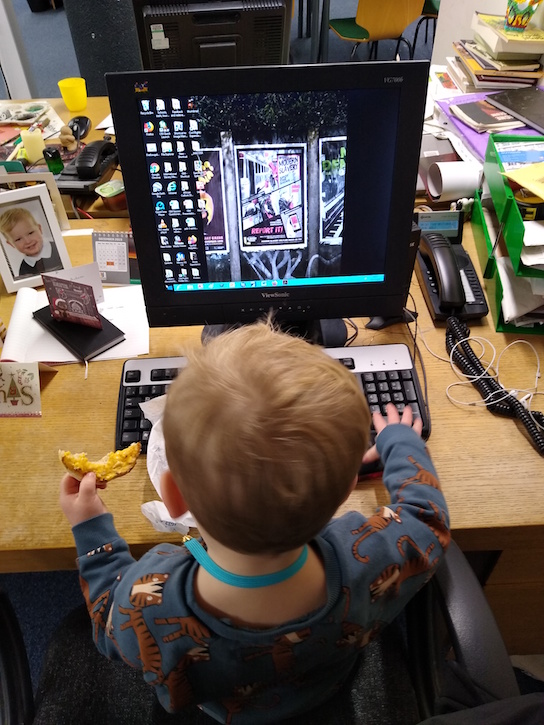
What's your journey to work like?
I take the bus to the city centre which gives me the opportunity to read the free newspaper on-board. There are always stark reminders of the legacies of Transatlantic slave trade (e.e. racism, colourism and stereotypes) within the stories of prejudice and between the lines in the newspaper's own bias. Clippings from newspapers are a great way to unlock the relevance of collections during workshops.
Under self-isolation I commute downstairs to set up for work in the kitchen, with an old laptop and an even older briefcase.
My new office
What's a typical morning at work for you?
Weekday mornings usually involve preparing the education centre for groups and delivering hands-on learning sessions, creative workshops or public events. There is no 'one way' to experience such challenging and emotive content, so what individuals get out of the activities often depends on what experiences they bring to it. The lively and emotive discussions are powerful learning opportunities for everyone, including me. The more prepared I am in the morning, the more flexible I can be to tailor the sessions, which is important as we work with a variety of people including refugees and survivors of slavery.
We have had to adapt a project working with vulnerable and marginalised community members, who are even more isolated under the lockdown, which has involved supporting with paper-based resources and stamps, as well as exploring low bandwidth alternative activities.
What's for lunch?
I love food and hate waste! I try to get creative with leftovers from the night before, or at least as creative as you can get with a microwave and a toaster.
Recently I have started a lockdown lunch club, where I share a video call with a colleague or one of the elders who collaborates with us at our museum. I don't know if it is just me, but I also find that working from home makes feel hungrier so I may have more than one lunch.
What's a typical afternoon like?
Under lockdown there is more time for research, creating resources and collaborating with colleagues, networks and community partners. I have always loved collaborating with external partners on new projects. These activities now revolve around remote technology, conference calls and webinars, and there has been a lot of trial-and-error so far, but our team are trying to stick to some kind of routine.
I also enjoy sourcing new objects for our handling collection, my favourite being Dano Wall's Tubman Stamp. This enables the user to stamp over the $20 bill, replacing slave-owner President Andrew Jackson with Harriet Tubman, who liberated herself and hundreds of others from slavery.
The Tubman Stamp in action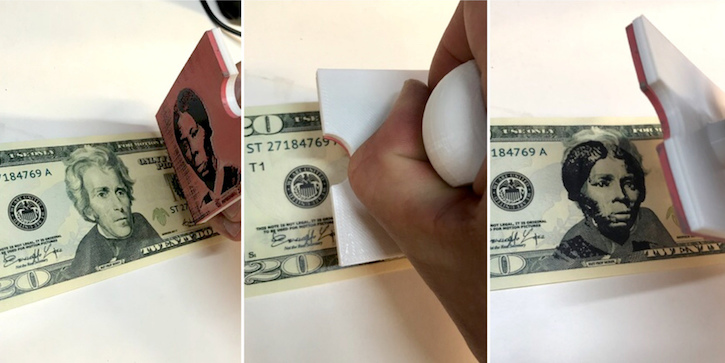
I am a member of the Ethics committee, a staff steering group that reviews ethical issues and supports ethical policy development such as our Return and Repatriation Policy. I also run a programme called ISM Ambassadors, where a group of young people (aged 16–25) develop content for the museum and beyond, including programming events, exhibition content and human rights campaigns.
All this is easier said than done with unreliable technology and an unrelentingly energetic toddler!
Card game created by the ISM Ambassadors
What do you do after work?
I put my headphones on and listen to a podcast, often accompanied home by likes of Kermode and Mayo's Film Reviews ('Hello to Jason Isaacs'). When looking for a podcast that takes an entertaining look at culture and heritage, I may turn to The Wonder House, Museopunks and Brown Girls Do It. They are well worth a listen.
Under lockdown we are only allowed out once a day, so in the afternoon I usually take a walk with my partner and our son, and then rest in front of a film. The lockdown can make the most mundane outdoor experience seem extra special but I'm sure that one day soon we will take a trip to a cinema or museum and what could have been a forgettable experience will make us feel truly lucky.
Adam Duckworth, Education Demonstrator at the International Slavery Museum
Explore the International Slavery Museum from your own home, through their virtual tour: experience their main galleries and exhibition space and have a look at some of the collection's highlights.

